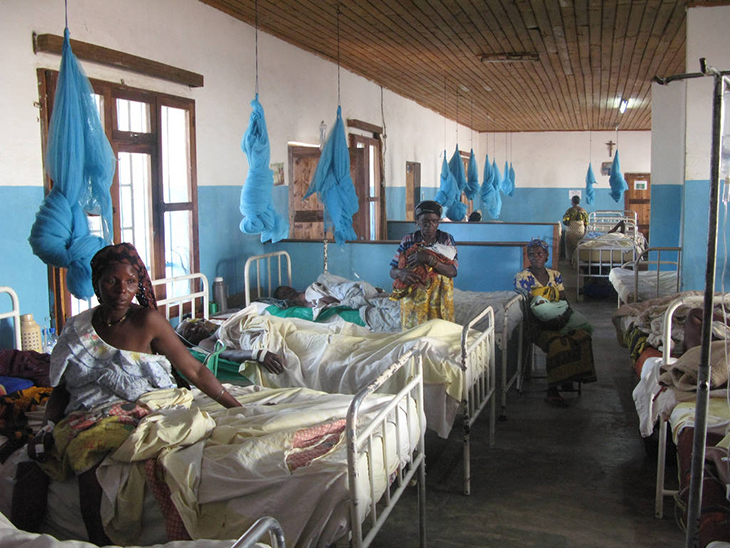
For years, aid workers have recognized a crucial truth: amidst the vast sums of money poured into aid initiatives for Africa, a relatively small investment in providing insecticide-treated mosquito nets could yield immense benefits. In fact, the impact of such nets surpasses that of decades of pharmaceutical research aimed at finding malaria treatments.
Take, for instance, the New Nets Project, a remarkable initiative that was funded and implemented by Unitaid, Global Fund, and the Innovative Vector Control Consortium. Over a period of three years, this program distributed 54 million mosquito nets across 16 countries. These nets, treated with next-generation insecticides like chlorfenapyr and pyroproxyfen, proved to be significantly more effective than traditional nets.
Between 2018 and 2022, both the Global Fund and Unitaid invested $33 million each to introduce innovative insecticide-treated nets aimed at combating malaria-carrying mosquitoes. The New Nets Project was initiated to establish the evidence base and stimulate the market for the next generation of nets, treated with two different insecticides to enhance mosquito control.
This project collected data on the effectiveness and cost-effectiveness of these new dual insecticide nets, aiding the World Health Organization (WHO) in formulating policies regarding their use. It also assisted national malaria programs in deciding which nets to prioritize in resource-limited areas. The New Nets Project, with its unique approach of simultaneously gathering epidemiological data and conducting cost-effectiveness studies, will significantly shorten the time needed to introduce these new nets to the market.
The U.S. President’s Malaria Initiative, MedAccess, and the Bill & Melinda Gates Foundation are crucial partners both operationally and financially. IVCC leads a coalition implementing the project, with support from organizations like The Alliance for Malaria Prevention, Imperial College London, The Liverpool School of Tropical Medicine, PATH, PSI, and Tulane University.
Why were these new nets so critical? Imagine them as a defense system against malaria-carrying mosquitoes. Much like bacteria becoming resistant to antibiotics, certain mosquito species have developed resistance to the insecticides typically used on nets. As a result, standard nets could only provide limited protection due to tears in their weave and decreased effectiveness of the insecticides.
However, the New Nets Project changed this narrative. By introducing nets treated with new-generation insecticides, it enhanced the nets’ ability to repel mosquitoes and prevent malaria transmission. According to estimates, this initiative saved 24,600 lives and prevented 13 million cases of malaria.
But the impact doesn’t stop there. Between 2019 and 2022, the New Nets Project facilitated the distribution of 38.4 million nets across sub-Saharan Africa. Furthermore, through collaboration with the office of the President of the United States, Global Fund extended its reach, distributing an additional 56 million nets in Nigeria and 16 other countries.
What’s particularly remarkable is how these nets tackled the challenge of insecticide resistance. In countries where resistance was a significant issue, the new nets increased control of malaria transmission by 20 to 50%. This is a testament to the efficacy of these innovative nets in combating one of Africa’s most devastating diseases.
The decrease in malaria cases and fatalities resulting from the use of these nets, when compared to standard ones, translated into potential savings of $28.9 million for health systems. This means that by employing these nets, there’s not just a reduction in the burden of disease but also significant financial benefits for healthcare budgets.
“We are delighted to see that the dual active ingredient insecticide-treated nets have demonstrated exceptional impact against malaria,” Peter Sands, Executive Director of the Global Fund, said.
“The success of the New Nets Project is proof that, by fostering collaboration across global health partners, harnessing innovation, and using market-shaping approaches, we can fight insecticide resistance, make our interventions highly cost-effective, and accelerate progress against malaria.”



